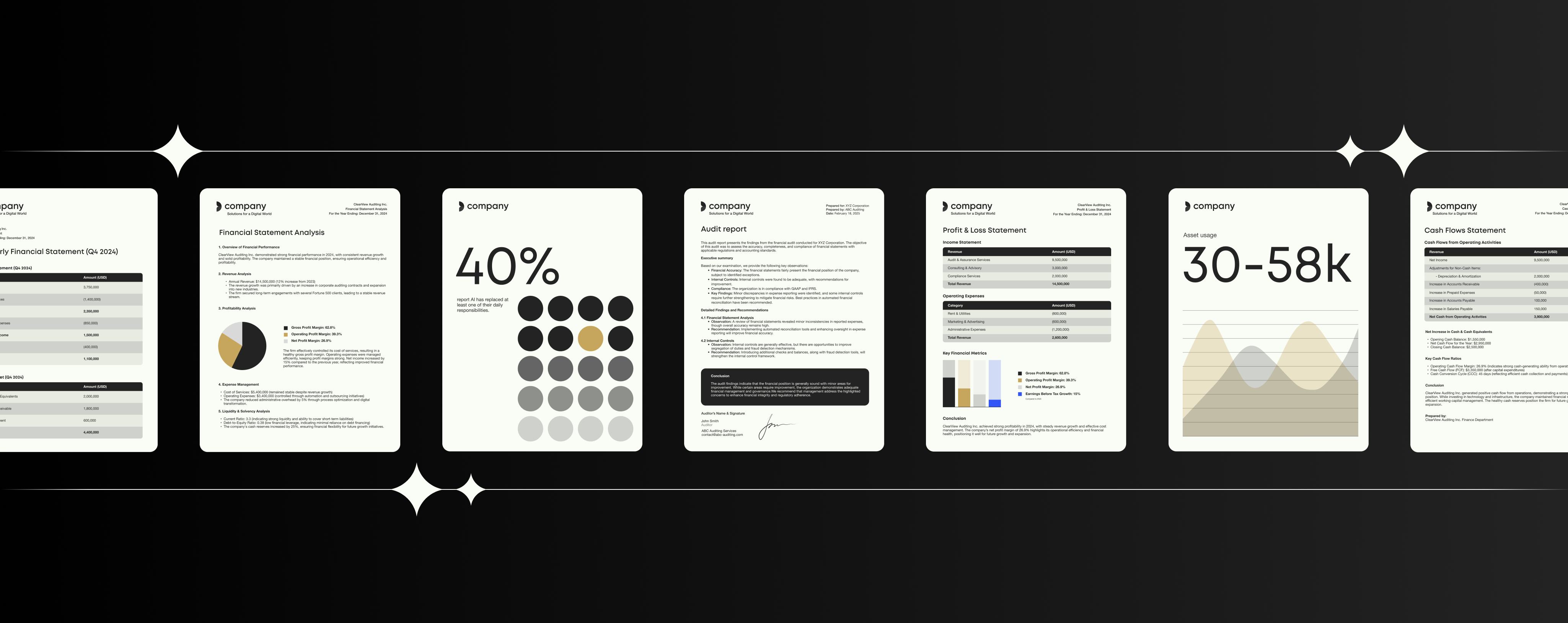The benefits of IT-approved document automation and compliance

How one company achieved a 79% user adoption rate in less than two months after introducing Templafy’s enterprise solutions for document generation and brand management.
In the age of remote work, global offices, and complex tech stacks, document-heavy companies — like top consultancies — need to build organizational efficiency into the foundation of their workflows.
At a recent event, we spoke with team members from PA Consulting, a leading professional services organization delivering end-to-end innovation for its clients, to discuss how they are navigating their content and asset management after a long period of growth, including multiple corporate acquisitions.
In such cases, companies need a solution that can effectively handle document generation at scale, ensuring employees (regardless of where they work or the hardware they use) have access to the latest, brand-compliant materials without the need to rely so heavily on the IT department.
Templafy helped navigate a successful company-wide rollout that saw an almost 80% user adoption rate in the first two months.
At a recent meetup in London, professionals from both PA and Templafy shared how automation is enabling previously unattainable levels of document efficiency.
A bespoke solution with an inconsistent experience
Before Templafy, the organization had invested in an in-house solution to manage its templates and branded design elements. Although the tool worked well, as a localized solution it was difficult to update and manage from an IT perspective.
“Since it was installed locally, we were quite hesitant to roll out updates on a regular basis because of the amount of testing and resources required from the IT team before it could be deployed,” said Jack Nuttall, Design Manager.
Further complicating matters, the company made nine acquisitions over the course of seven years, most of which were in the design space. The result? The previously PC-dominated consulting firm was now hardware-agnostic, with one in four employees working from an Apple computer.
Their existing solution was incompatible with Macs, meaning that 25% of the workforce was missing out on this critical functionality.
“More and more of our people didn’t have access to brand templates, assets, or documents, so you can imagine the challenges from a governance and brand compliance point of view,” said Jack.
Planning for a successful rollout
After making several acquisitions, the company decided to refresh the brand — a long-anticipated acknowledgement of the company’s growth. Their global teams, that is, thousands of individual consultants, were all excited to begin using the new colors, logos, and other branded assets, which were a reflection of the company’s new stature and scope.
However, when looking in PowerPoint or other productivity tools, all the templates still reflected the old branding. As questions rolled in about where to find the new assets, they rolled out Templafy.
“That’s when we introduced Templafy, which gave everyone access to our new brand, plus a lot of other new tools,” said Jack. “We were able to first generate that excitement and follow it up with the actual rollout which really contributed to the success of the brand.”
After an initial pilot phase with 100 users, the organization introduced Templafy’s document generation tools to its 4,000+ employees. Through a coordinated internal communications campaign coupled with key stakeholder support, the company was able to achieve unprecedented user adoption rates in the first phase of the deployment.
“This has genuinely been one of the best rollouts we’ve ever done,” said Russ Fry, Acting Head of IT & Global Infrastructure Services. “We were able to achieve a 79% adoption rate with Templafy in the first two months, and are instantly able to distribute assets to the required machines.”
The benefits of document automation
Templafy’s cloud-based infrastructure provides the consultancy with a new level of flexibility that makes it easy to deploy to all employees, regardless of what kind of machine they use. With centralized asset management, brand updates are automatically rolled out without workers having to go hunting in third-party applications when they want to generate or update a document.
The organization was already using a Digital Asset Management (DAM) tool, which was previously only accessible via a standalone website. With Templafy, however, their DAM tool could be fully integrated into the document generation workflows.
“We had our own challenges in just getting people to go to the DAM tool,” said Jack. “Now we’ve been able to put it right inside of PowerPoint, and that was a huge plus in the launch.”
As the company continues to adopt and streamline its use of Templafy, the leadership team can already begin to see the positive impact of document automation and governance.
“Templafy has really helped us free up resources of our designers to focus on more strategic opportunities rather than just quick diagrams and the stuff that can really be templated,” said Jack.
From an IT perspective, a company-wide survey already indicates a measurable effect. “One of the questions is about tools and technology and how they’ve landed, and I can already see an improvement in those scores,” said Russ.
A happy partnership between creative and IT teams
As a growing and diverse company, they needed to find a technical solution to a creative problem (or was it the other way around?).
Consultants needed reliable access to the most up-to-date brand assets, and the IT department needed a secure and consistent way to manage access and feature updates.
Overall, the results speak for themselves: “Templafy is far superior to our previous system and far simpler to use,” said Russ.



